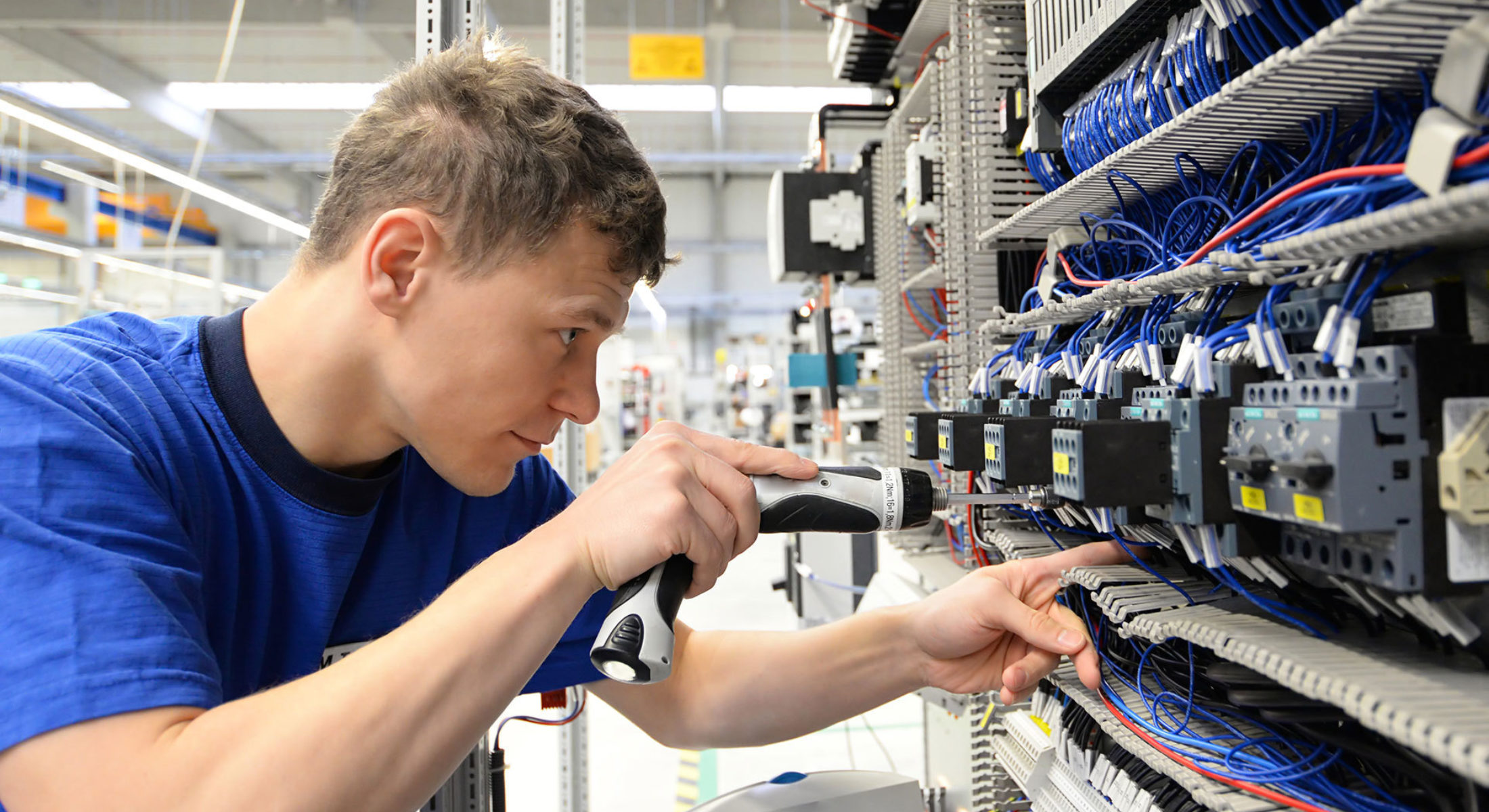Introduction
In today's busy office, guaranteeing the safety and security and wellness of your labor force is vital. One aspect that commonly obtains forgotten is hand-operated handling, which describes the process of training, lugging, pressing, or drawing things. In this write-up, we will explore effective hand-operated handling methods that can aid keep your workforce safe and healthy. We will certainly likewise talk about the importance of emergency treatment training, including CPR training and mental health emergency treatment, and exactly how these components contribute to a safer job http://rowannfch001.iamarrows.com/leading-10-advantages-of-joining-in-a-corporate-first-aid-program environment.
Manual Handling Methods: Keeping Your Workforce Safe and Healthy
Manual handling strategies are essential for avoiding injuries in the office. Inappropriate training techniques can bring about bone and joint conditions (MSDs), which represent a considerable number of office injuries. To properly alleviate dangers related to manual handling, organizations have to apply training programs that emphasize proper techniques.
Understanding Manual Managing Risks
Before diving into specific techniques, it's critical to recognize the risks associated with manual handling tasks. According to study, bad training methods can cause:
- Back pain Muscle strains Joint injuries Chronic problems impacting mobility
Recognizing these threats permits employers and employees alike to prioritize safety.
The Importance of Training
Training plays an essential function in decreasing hands-on handling-related injuries. It's not just about understanding just how to lift appropriately; it's likewise about understanding body technicians and ergonomics. A comprehensive manual handling training program must cover:
- Proper training techniques Risk assessment skills Use of devices like trolleys or forklifts
Additionally, incorporating first aid courses into workplace training ensures that everyone recognizes how to react successfully in case of an injury.
Basic Raising Techniques
Here are some fundamental strategies that every person ought to master:
1. Assess the Load
- Before lifting anything, constantly review its weight and shape. If it seems as well heavy or awkwardly formed, look for aid or use mechanical aids.
2. Positioning
- Stand near the object. Place your feet shoulder-width apart for balance. Bend your knees while maintaining your back straight.
3. Grip
- Ensure a company hold on the object. Use both hands when possible.
4. Lifting
- Lift with your legs rather than your back. Keep the things near your body as you stand up.
5. Carrying
- Maintain a steady stance while walking. Avoid turning your body; rather, turn your entire body by relocating your feet.
6. Setting Down
- Lower the object by bending at the knees again. Ensure that you position it down carefully without dropping it.
Using Tools for Hands-on Handling
Investing in tools made for hand-operated handling can considerably minimize injury threat. Here's a checklist of generally used tools:
|Devices Type|Objective|| ----------------|--------------------------------------|| Trolleys|For moving hefty products|| Raises|For lifting individuals or hefty items|| Pallet Jacks|For relocating palletized loads|
Incorporating First Aid Training
While minimizing risks through appropriate manual handling is essential, being prepared for emergencies is just as important. This is where emergency treatment training enters into play.
Types of Emergency treatment Courses Available
General Workplace First Aid
- Covers basic first aid abilities required in numerous job environments.
CPR Training
- Teaches lifesaving cardiopulmonary resuscitation methods important during cardiac emergencies.
Corporate First Aid Training
- Tailored programs specifically made for corporate environments concentrating on typical workplace injuries.
Mental Health First Aid
- Provides skills to assist colleagues struggling with mental wellness concerns-- a crucial component often forgot in traditional first aid courses.
Childcare First Aid Course
- Focuses on replying to emergency situations entailing children-- optimal for those working in academic setups or childcare centers.
Online Emergency treatment Course
- Offers versatility for staff members to discover at their own pace while still covering all needed content.
Creating a Society of Safety
To keep an environment conducive to security, growing a society where staff members really feel encouraged to speak up concerning hazards is essential.
1. Encourage Open Communication
Encourage employees to report risky conditions without anxiety of retaliation; this promotes an open dialogue regarding possible workplace first aid solutions for companies risks associated with hand-operated handling tasks.

2. Regular Training Sessions
Hold routine workshops on hand-operated handling strategies and refresher courses on emergency treatment courses-- maintaining abilities sharp makes certain preparedness throughout emergencies.
3. Promote Psychological Well-being
Since mental wellness plays a vital function in overall wellness, employers should advertise psychological health understanding along with physical security measures.
FAQs
Q1: What are the indications that I need hand-operated taking care of training?
A1: If workers regularly raise heavy items or record pain after raising tasks, it's time for detailed manual handling training sessions.
Q2: How commonly ought to we conduct first aid training?
A2: Ideally, emergency treatment training must take place every year; nevertheless, even more frequent sessions might be helpful based upon workplace threats or adjustments in staff.
Q3: Can on-line courses be as efficient as classroom-based training?
A3: Yes! On the internet programs have actually become progressively interactive and offer valuable sources-- just guarantee they fulfill certification requirements!

Q4: What kind of equipment should our office invest in?
A4: Purchase trolleys, lifts, pallet jacks, and ergonomic furniture-- these tools help reduce injury from incorrect manual handling practices.
Conclusion
In final thought, understanding appropriate manual handling techniques is crucial for cultivating a risk-free and healthy workforce atmosphere. By focusing on thorough training-- including important subjects like first aid courses-- you encourage staff members with expertise essential for both prevention and action during emergencies like crashes connected to messed up loads.
Remember: Safety isn't simply a plan; it's a society developed with constant effort from every individual within an organization!

By offering effective handbooks on these practices while stressing constant learning via accreditations such as mouth-to-mouth resuscitation or Mental Health Emergency Treatment Courses-- business can create workplaces where safety and security thrives!